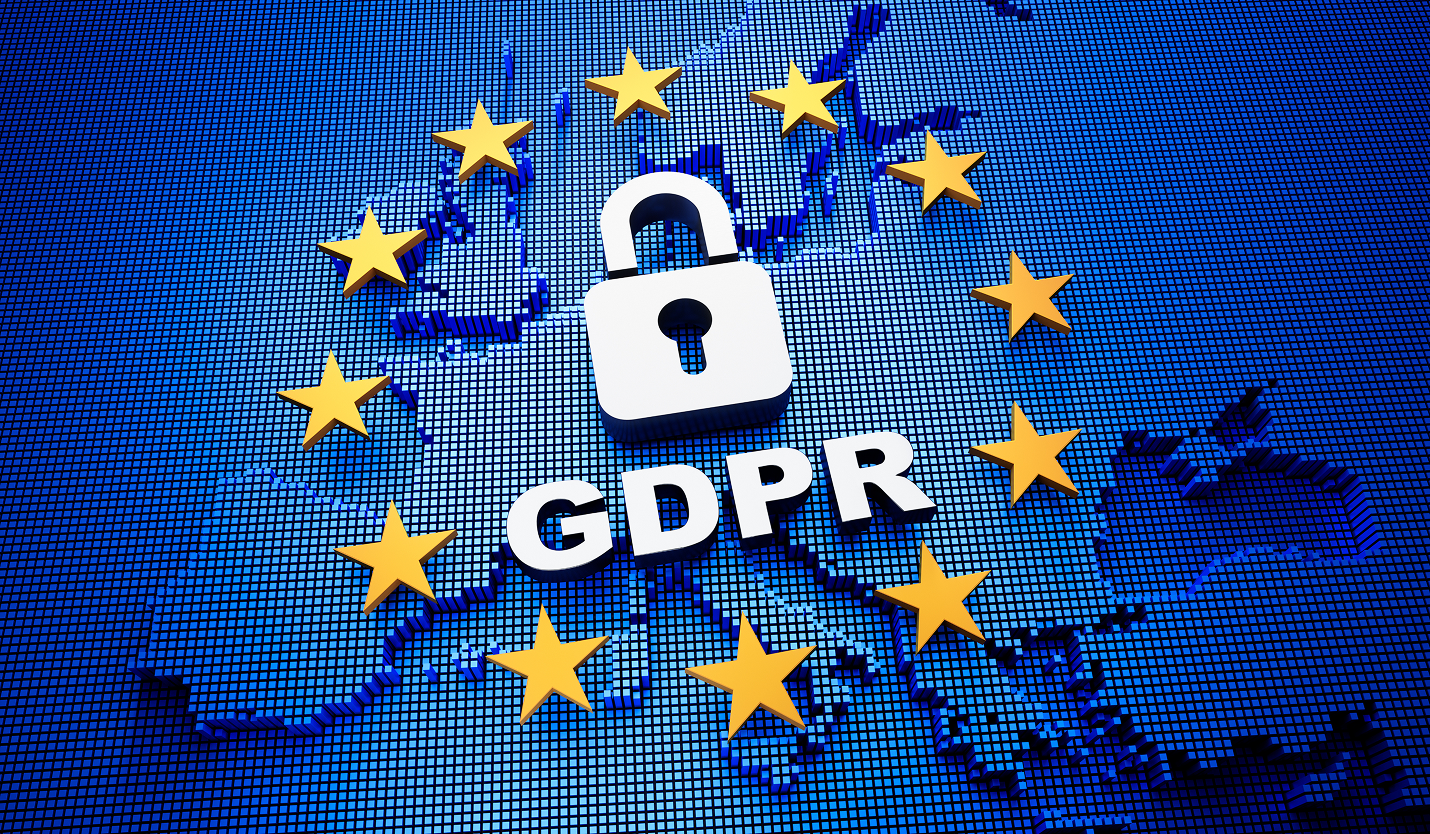GDPR Data Protection Requirements
Ensuring Secure and Lawful Processing of Personal Data under EU Regulation
The General Data Protection Regulation (GDPR) is the European Union's primary law governing data protection and privacy for individuals within the EU and the European Economic Area (EEA). Enforced since May 25, 2018, GDPR applies to all organizations, regardless of location, that process personal data of individuals in the EU.
GDPR emphasizes transparency, accountability, and security in data processing. Organizations that fail to comply may face significant penalties, including fines of up to €20 million or 4% of their total worldwide annual turnover, whichever is higher.
GDPR applies to:
- Organizations operating within the EU that collect or process personal data.
- Organizations outside the EU that offer goods or services to, or monitor the behavior of, individuals in the EU.
- Data controllers and data processors that manage personal data on behalf of others.
This includes businesses in sectors such as technology, healthcare, finance, e-commerce, software-as-a-service (SaaS), and advertising, among others.

To achieve GDPR compliance, organizations must adhere to the following obligations:
- Lawful Data Collection: Collect personal data only with a legal basis, such as consent, contractual necessity, or legitimate interest.
- Transparency: Clearly inform individuals about how their data will be used.
- Data Minimization: Limit data collection to what is necessary for the stated purpose.
- Data Subject Rights: Support rights to access, rectify, erase, or port personal data.
- Security Measures: Protect data using encryption, access controls, and secure storage.
- Breach Notification: Notify authorities of data breaches within 72 hours when applicable.
- Vendor Risk Management: Ensure third parties also meet GDPR requirements through contracts and assessments.
- Data Protection Officer (DPO) Appointment: Designate a DPO if required by the nature and scale of processing.
Regulatory enforcement under GDPR is stringent. Fines can reach:
- Up to €10 million or 2% of annual global turnover for violations related to record-keeping, security, and breach notification obligations.
- Up to €20 million or 4% of annual global turnover for more serious infringements, such as violations of the basic principles for processing, including conditions for consent, data subject rights, and international data transfers.
In addition to financial penalties, organizations risk reputational damage and legal liabilities from affected data subjects.
Resecurity provides actionable cybersecurity and privacy solutions that help organizations meet GDPR requirements, protect personal data, and reduce regulatory exposure.
Risk Assessment and Data Mapping
- Identify and classify personal data assets.
- Map data flows across systems and jurisdictions.
Security and Threat Protection
- Implement encryption, access controls, and secure data storage.
- Monitor for threats targeting personal data.
Breach Response Planning
- Define breach escalation paths and 72-hour reporting workflows.
- Generate audit trails and forensic reports.
Data Subject Request Management
- Track and respond to right-of-access, deletion, and portability requests.
- Integrate workflows with privacy portals and customer relationship management (CRM) systems.
Vendor Risk Management
- Assess and monitor third-party processors handling personal data.
- Review and manage Data Processing Agreements (DPAs).
GDPR Training and Policy Development
- Educate internal teams on GDPR compliance and privacy best practices.
- Develop GDPR-aligned data protection policies and governance models.
As data privacy regulations expand worldwide, GDPR remains the global benchmark for personal data protection. Resecurity helps you build a strong foundation for compliance, mitigate regulatory risk, and ensure your organization's reputation and customer trust remain intact.
Contact Resecurity to schedule a GDPR readiness assessment or learn more about our data protection services.

Los Angeles, CA 90071 Google Maps

